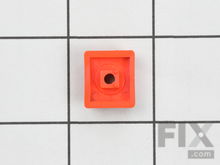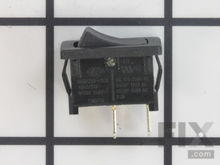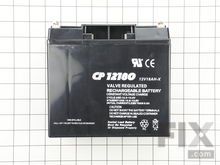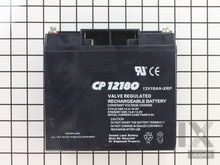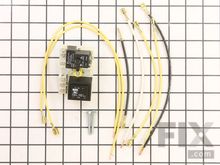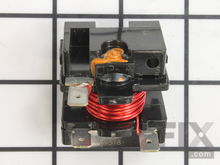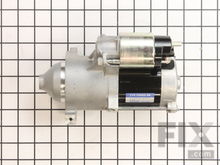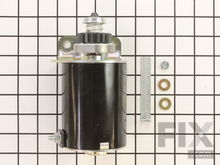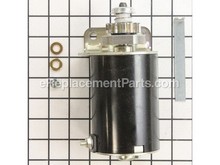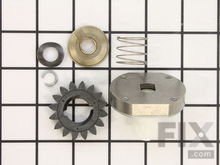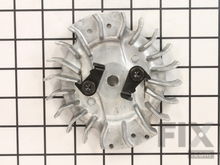How To Repair An Aerator That Will Not Start With Electric Starter
- Rated as REALLY EASY
- 5 step by step videos
Switch
If your aerator electric starter is not working, check the switch to make sure it is working and its connections are secured. If the switch is broken or not connected, it will not start the engine when used. You can perform a continuity test with a multimeter to find out if the switch is faulty or not. If the switch is broken, you can easily replace it and reinstall a new one.
Battery
If you suspect that your aerator battery is dead, you can use a voltage tester to check, first ensuring that your battery is fully charged. A dead battery will not be able to supply the starting mechanism with current, causing it not to start. It is normal for batteries to wear out over time and need replacing. If this is the case and your battery turns out to be dead, check your user manual for the proper replacement part number to ensure a compatible battery replaces the old one.
Starter Relay
A worn starter relay, also known as the starter solenoid, could be the reason your aerator electric starter will not work. The starter relay uses low voltage current from the battery to produce a higher voltage current that is used to prompt the starter motor to turn the starter gear and flywheel. It is common for starter relays to wear over time and need replacing. If the battery, switch, and motor are all working properly but the electric starter will not work, it is likely that the relay is broken and will need to be replaced.
Starter Motor
The starter motor is a small electric motor that turns the starter gear. The starter gear connects to the flywheel, which turns the crankshaft when the starter motor is powered on. Starter motors can burn out over time, usually from overuse. Overuse can occur when the starter motor is run continuously, usually when the engine will not turn over. It is important to not continuously run the starter motor (if the motor will not start, do not push and hold the starter button for a long period of time). Doing so can burn out the motor, in which case it will need to be replaced. These motors do wear over time with regular use and may need to be repaired or replaced at some point. A burned out starter motor will usually smell like melting plastic, and if the cover is removed, damage to the motor will be very noticeable.
Starter Gear or Flywheel Gear
The starter gear connects the electric starter motor to the flywheel gear. The starter gear has teeth that grip the flywheel gear and force it to rotate the flywheel when the starter is engaged. If your starter motor and switch work, but the engine is not being engaged when you hit the starter switch, there is likely an issue with the connection between the starter gear and flywheel gear. If the starter motor comes loose or is not secured properly, it can wobble when the gear rotates, causing damage to the teeth on both the starter and flywheel gear. The starter gear is located on the side of the starter motor, and will be fitted to attach with the flywheel gear that is inside of the engine housing. If the starter or flywheel gear teeth are worn or broken, the damaged gear will need to be replaced. If both gears teeth look to be in good condition, they are likely just loose and need to be re-secured to ensure a strong connection.
More Repair Parts
Still not sure which part is broken? We can offer you custom troubleshooting help if you search with your model number.





